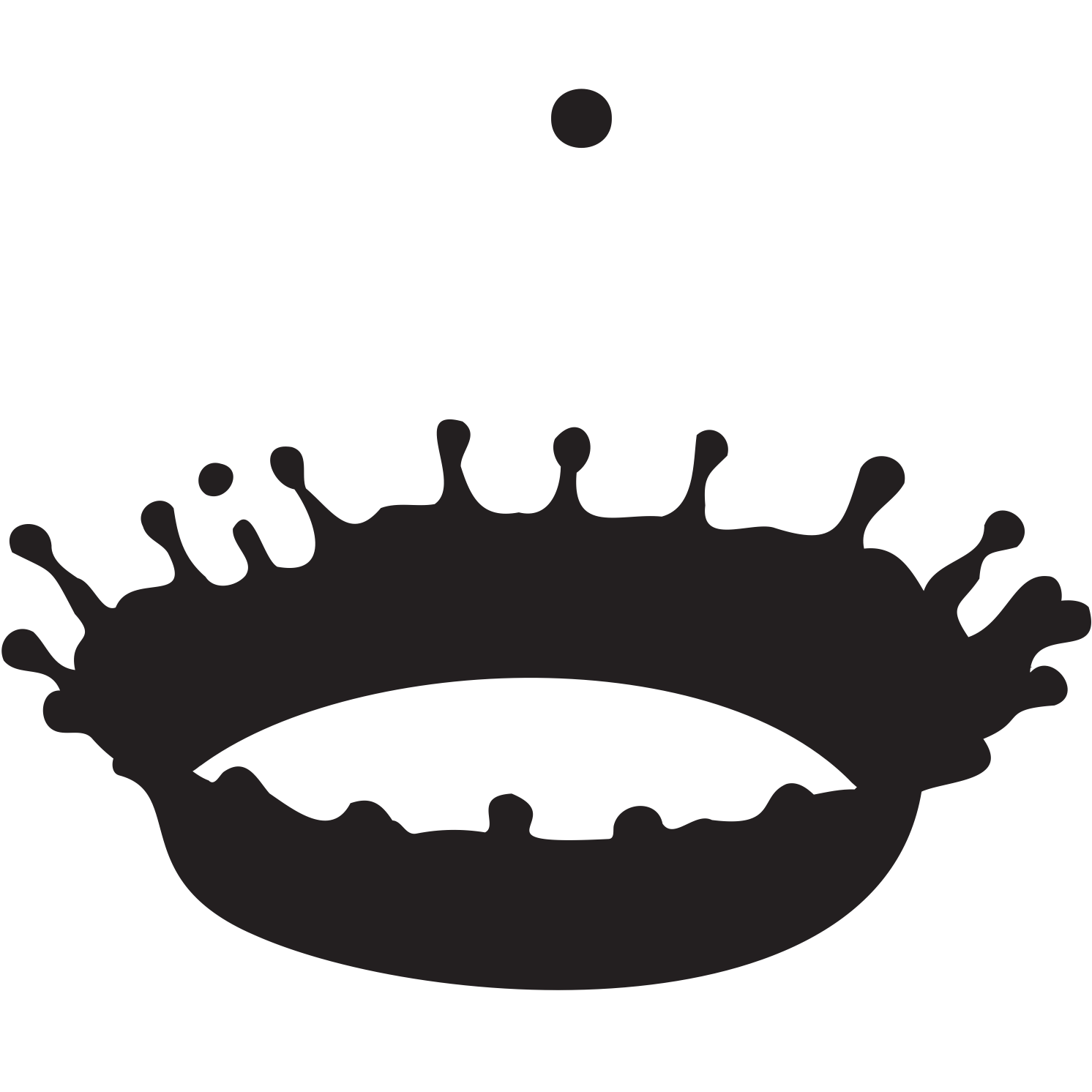This display experimentally answers the question, "Which way would a lawn sprinkler turn if it were submerged in water and water were sucked in through the nozzles? Same as usual, not at all, or opposite?" This was much debated at Princeton around 1940 and was also answered experimentally by the famous American physicist, Richard Feynman. This sprinkler uses air, rather than water, to determine the answer.
This demonstration uses an ordinary household vacuum cleaner. When you force air out of the tube, you will notice that the tube will move in the direction opposite to the air flow. But how will the tube move when you reverse the air flow? Follow the directions and make your prediction.
Instructions
Press briefly the upper left hand red button and then hold in the other red button. Air comes out of the pivoted arm as shown by the yellow flag. Hold in the black button that corresponds to the motion that you expect. The yellow flag shows that air is being sucked in. Machine stops after 40 seconds; restart as before.
Explanation
As you have observed, aside from a quiver as the vacuum was started, the tube did not move. During the exhalation phase, when air was being blown out of the tube, a force was generated opposite to the air flow. Since the air was flowing out through the right edge of the elbow tube, a force was generated on the left side of the elbow, and the entire tube swung to the left. This follows from the Law of Conservation of Momentum. The momentum of the air flowing out of the tube at the orifice must be balanced by the momentum of the tube.
During the inhalation phase, when the air is being sucked into the tube, the air entered through the orifice, turned at the elbow, and continued to flow upwards. The Law of Conservation of Momentum states that, at the orifice, the force of the air flowing inwards must be balanced by a force on the tube that would pull the tube to the right. However, since the force exerted by the vacuum is constant, the air hits the left wall of the elbow with the SAME FORCE. Since the force rightwards on the orifice is balanced by the force leftwards on the elbow wall, the tube does not move is the horizontal plane.
There are two caveats to this analysis. First, it is a steady-state analysis, and tells us nothing about any transient forces the tube might experience at the flow goes from zero to steady state. That transient can, in fact, cause a brief force on the tube tending to move it in the direction opposite to the exhalation case. Second, the analysis above presumes that the fluid has zero visocosity (air has very low viscosity). Viscous drag will slightly reduce the speed of the air as it moves into the tube, so that the net force on the left wall of the elbow is slightly less than ideal. This effect gives a weak force tending to move the tube in the direction opposite to the exhalation case. In our apparatus, these effects are not particularly noticeable.
Interestingly, there is a force downwards on the tube, though you cannot see it since the tube cannot move in the vertical plane. You can think of the air flow as BLOWING OUT of the top of the tube, and therefore an analogy to the exhalation phase applies, with the Law of Conservation of Momentum stating that the force of the air leaving the top of the tube must be balanced by a force downwards on the tube.






